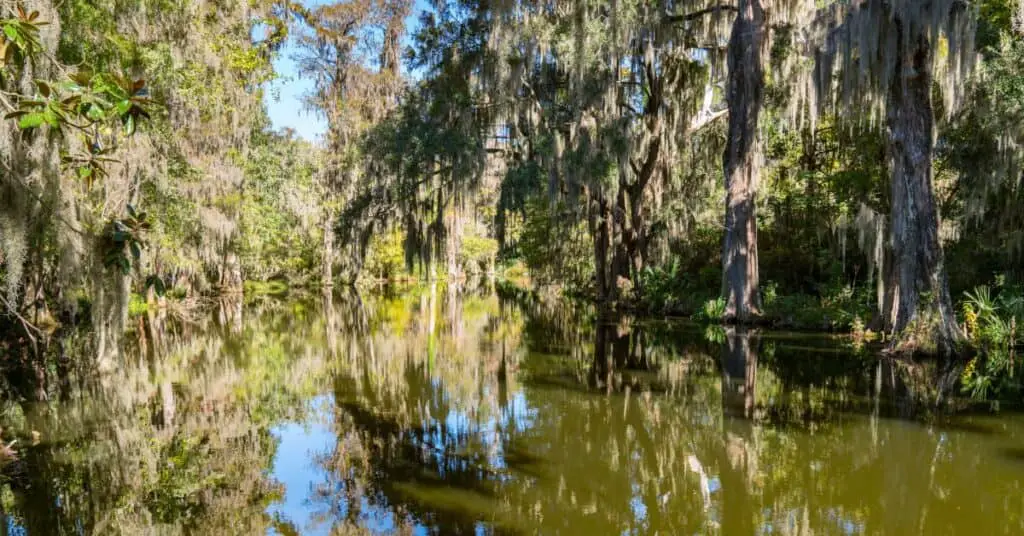Menu
Menu

Tons of places in the United States have a rich history deeply embedded in them. Historic Hertford is one of these places. Known as one of the earliest permanent settlements in the state of North Carolina, Hertford is almost a walk through time. A visit to this river town offers an experience into the lifestyle in the 1600s and 1700s.
Hertford sits in the North-Eastern region of North Carolina, more specifically within the Inner Banks. That is a long line of coastal towns and communities close to the barrier island beaches. It faces the Perquimans River and Albemarle Sound.
In this town, you see unique Victorian and Georgian houses with old cypress trees, as in the good old days. These trees, covered in Spanish moss, line the entire town along the riverbank. The roots sit in brown waters, as it always has, since America's "formative" age.
The story of Hertford is an incredible history in itself. It was originally occupied by the local Yeopim Indians before they sold a large piece of the land to George Durant in 1662. This man was a British colonizer. So this move led to Hertford becoming the first capital of North Carolina in 1716.
As a result, Hertford is home to many historical landmarks. These include:
We discuss some of these iconic places in more detail below:
This river is one of the coastal waterways in historic Hertford. It is located within Perquimans County and it flows into the Albemarle Sound, and north of Albemarle Sound is known as Durant's Neck, while the south is Harvey's Neck.
The Perquimans River, sitting North of the heart of Hertford, is one of the many eye-catchers you'll quickly notice in this town. This tidal estuary flows uniquely slowly, mainly due to the flat topography of Hertford.
Neighboring communities including Nicanor, Belvidere, and Whitestone also benefit from the Perquimans River. The river with its cypress swamps flows alongside these towns. It’s a beautiful sight to behold. Unlike most other sites here which are man-made, this is a natural landmark with which Historic Hertford has been blessed.
Greek Revival
The buildings in Hertford are uniquely suited to Hertford. The buildings in Hertford, especially those with side-halls, were influenced by the Greek Revival period.
This architectural style was particularly used during the early 1800s through the mid-1800. The Greek Revival buildings came in two major forms:
There are many houses built after this design in the 1800s, but the most famous of them are:
This building style's popularity began to fade with the industrial growth that came with the 19th century. With time, Greek Revival was no longer a thing.
Thomas Nixon’s House is also another very important house with a deep history. It was built in a neoclassical revival style more than a hundred years after the rise of the Greek revival style.
It remains standing tall on 314 North Church Street. The Thomas Nixon House was built in 1917, with a smaller one-story wrap-around porch. There was a monument-styled portico supported by two ionic facades that dominate the façade.
The William M Divers House is another that's worth mentioning. It speaks to the evolution of building constructions in America. Built after the Craftsman Bungalow style, it had gable roofs with deep eave overhangs supported by giant brackets.
There are also porches distinguished by truncated posts resting on the brick piers. The William M Divers House style was very popular throughout the whole country but it did not gain quite as much attention in Hertford. William Divers’ House is the only two-story bungalow in Hertford.
Hertford experienced major growth in the 1700s. A courthouse was built in 1825, in replacement of the original courthouse. It was known as the Perquimans County Courthouse.
John Gatling is known as the contractor of the courthouse. On completion, they had the first court session in the Perquimans County Courthouse in August 1825.
A visit to Historic Hertford shows that the Perquimans County Courthouse isn't only a symbol of past American architecture. It also stands to represent how long the United States of America has stood for justice, law, and order in the state.
The courthouse remains at the center of the town and serves the economy of Hertford, to this day.
Hertford is a source of historical knowledge and a telescope through which you can look back into the past. It is a chance to experience what those before us experienced centuries ago.
The journey Hertford has taken through is a tedious one. Luckily, it has left evidence that helps us to understand that journey. Today, Hertford has grown from the time of the Quakers to become one of the most important historic sites in the country.
We could never know enough of history because knowledge is incomplete without data from the past. The ideal places to find these data are renowned sites and iconic landmarks like the historic Hertford NC.
The old courthouse, Perquimans river, the Greek revival buildings, etc. that passed the test of time, show us detailed history today. Hertford NC awaits you.
Then you don't want to miss out on our complete list of historic sites and other attractions here: The Historic Albemarle Trail.